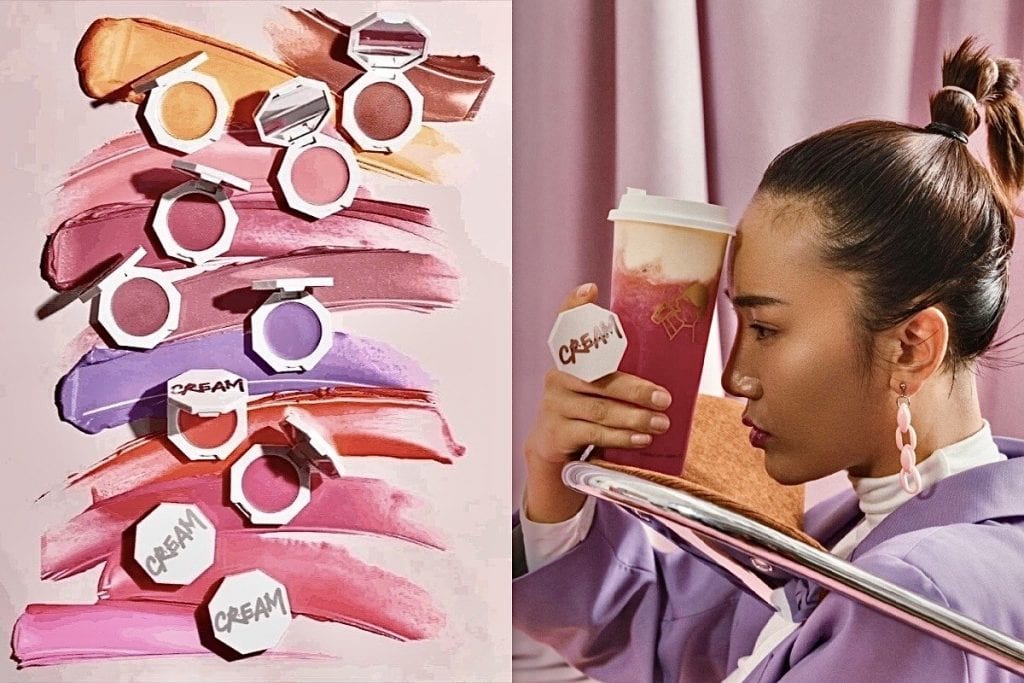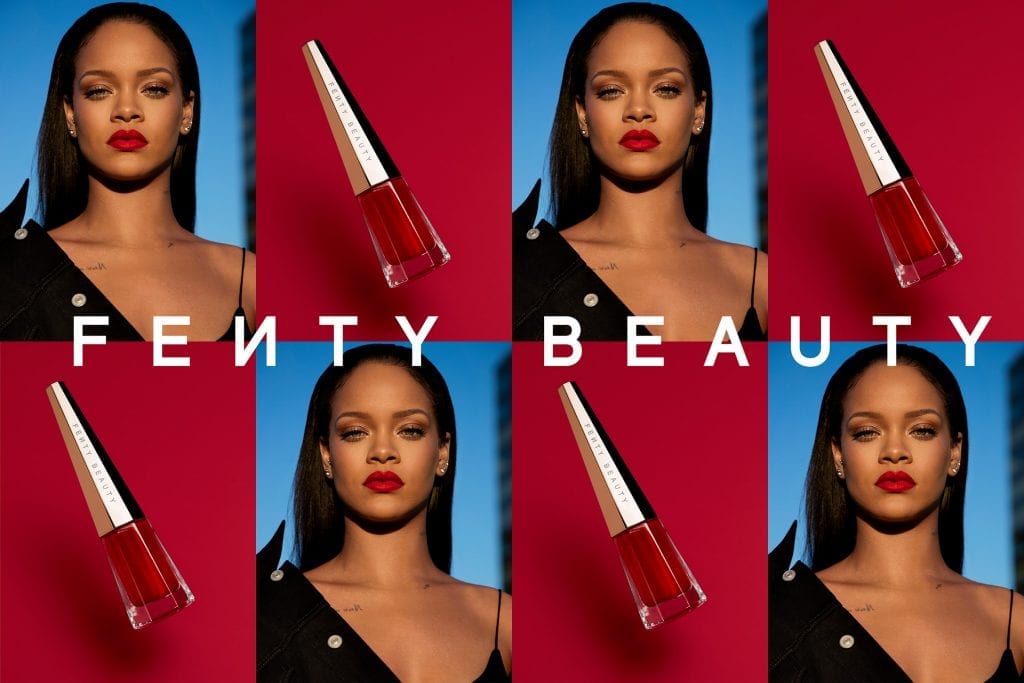In China’s hyper-competitive market, conventional marketing methods are no longer effective. With that in mind, there is a growing trend among major companies to seek out new growth opportunities by collaborating not only with influential individuals but even companies in different industries – from local consumer goods companies to international high-end luxury brands. This burgeoning trend has seen Chinese pop star Kris Wu partner with Korean eyewear brand Gentle Monster, Rihanna’s Fenty Beauty team up with popular Chinese tea chain Heytea for a co-branded makeup set, and beauty brand Perfect Diary’s roll out a tie up with Western cookie brand Oreo, just to name a few.
Proving particularly compelling for brands that want to reach the vast pool of eager consumers – in particular, luxury consumers – in China, companies with strong common interests are looking to co-branding collaborations, “a powerful legal and marketing tool that uses the cross-licensing of trademarks from different companies to brand a new product” in order to “mutually increase their customer bases, sales channels, market share, customer loyalty, brand image, positive associations, perceived value, and cost savings,” according to Beijing-based Rouse attorneys Josh Mandell and Ya Wen.
There is no doubt that through co-branding collaborations, companies – whether it be Burberry and its co-branded collaboration with China mega-influencer Tao Liang, who is best known as Mr. Bags, and Chinese food giant Wei-Chuan’s co-branding of its dairy products with Mars-owned Dove Chocolate – have successfully reached more consumers and found new streams of revenue and other mutual benefits. In addition to increased sales and combined market share, partners also tend to collaborate in order to achieve maximum brand awareness.
In order to make co-branding a “win-win” endeavor for both of the companies involved and their respective brands, such a venture need not only embody “creative consumer insights and a quest to provide a better consumer experience,” it should also be formed with a few key legal tenets in mind, one of which is choosing the “right” partner.
Failure to choose the “right” co-branding partner may lead to financial loss and harm to the established reputation of a brand, particularly in the age of call-out and cancel culture. But looking beyond the immediate optics of such a tie-up, there is another reason why it is also essential for brands to select the “right” brand owner in the co-branding collaboration, per Mandell and Wen: in order to avoid accidentally partnering with the wrong party, and giving rise to an large-scale public relations mess.
This may seem like a no-brainer, but it is a relevant – and important – concern due to the large number of sophisticated trademark squatters in China. Samsung, for instance, learned this the hard way when its representatives took the stage at the Chinese launch for its Galaxy A8s in December 2018. At the highly-anticipated event in Beijing, Samsung unveiled mid-priced mobile products equipped with the company’s most advanced technologies. In a maybe-even-more momentous revelation, the company’s team announced – against a backdrop that featured the Samsung’s logo alongside Supreme’s – that it would partner with buzzy streetwear brand Supreme.
The problem? As would be revealed shortly after the event, Samsung had not teamed up with New York-based Supreme; it had partnered with notorious copycat brand Supreme Italia, instead, thereby causing no shortage of media backlash and outrage from bona fide Supreme fans. The Korean conglomerate announced shortly after the event that it was “re-evaluating this cooperation” and “deeply regret the inconvenience caused,” presumably to the real Supreme.

After ensuring that a brand chooses the right partner, Mandell and Wenencourage “each party to the co-branding to enter into a license agreement for the trademarks used in the co-branding collaboration.” While it “is possible to license unregistered rights,” they note that “it can be very risky to do so as such a scenario may lead to claims of infringement from other rights-holders and/or give rise to opportunities for trademark squatters even if the parties’ contract includes relevant liability-waiver provisions.”
Against that background, they say that it is “important to have a registered trademark in China before starting co-branding collaborations, in order to reduce the risk of encountering trade mark squatters from claiming compensation from a preemptive bad-faith registration against the true brand owner who is unregistered in China.”
While many Chinese companies often file to register their trademarks in all 45 classes of goods/services “due to the affordable filing fee,” thereby enabling them to preemptively defend against bad actors and give themselves the flexibility to easily expand business operations to a different industry, Mandell and Wen say that foreign brand owners “may pursue a more balanced filing strategy structure that balances the investment in maintaining registered marks and the benefits of owning them.”
It may not make sense to seek registrations in all 45 classes for the initial launch, “unless it is an extremely important brand for the initial launch,” and so, it is common for non-native companies to establish the “essential” intellectual property protections at the outset and expand from there.
Mandell and Wen assert that since “co-branding marketing activities [often] happen very quickly” and can be very diverse in terms of the offerings, they may “create difficulties” for a brands, which is why they suggest that a brand’s legal team “should align with the business team and make clear the benefits and risks in licensing unregistered rights in marketing activities, as well as the length of the trade mark registration process, from application to registration, so that the business team would be willing to share ideas and marketing plans for co-branding activities with the legal and IP team in advance.”
Finally, they encourage brands to be proactive in terms of establishing clear ownership rights and responsibilities. The co-branding agreement “should also make clear the ownership of the new intellectual property rights that might be derived from the co-branding collaboration [in order to] avoid any potential disputes, especially when parties are developing a co-branded product together.”
Of particular importance is the inclusion of specific language in the parties’ deal that ensures that the individual brand-holders “maintain their separate identities and exercise control over their respective brands.”
As for what can be expected when it comes to co-branded ventures in the future, Jing Daily’s Adina-Laura Achim notes that they are only expected to increase in attraction for consumers, particularly when it comes to luxury brand tie-ups with mass-market players. “The appetite for such partnerships is uncontrollable and in view of China’s economic slowdown, it’s expected that consumers will look for more cost-friendly alternatives to luxury. Consequently, the co-branding model will likely expand even further, pushing established luxury brands to consider similar short-term collaborations.”











